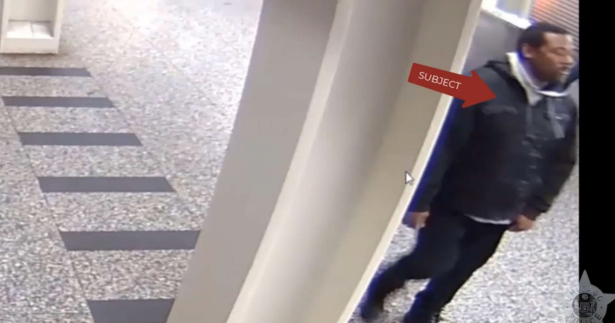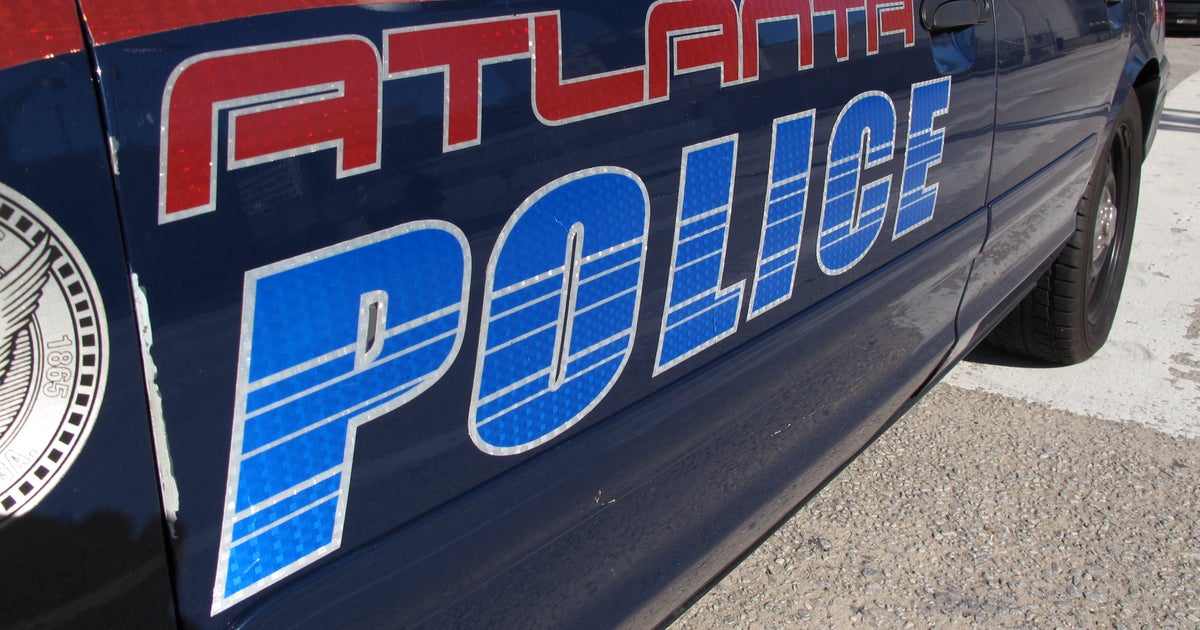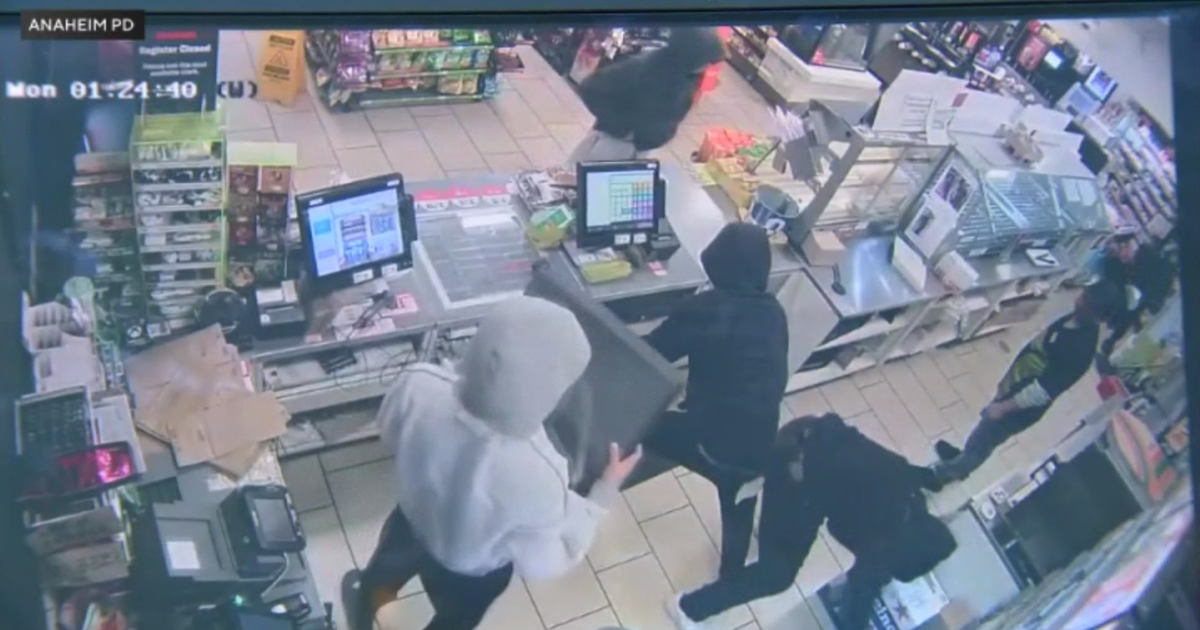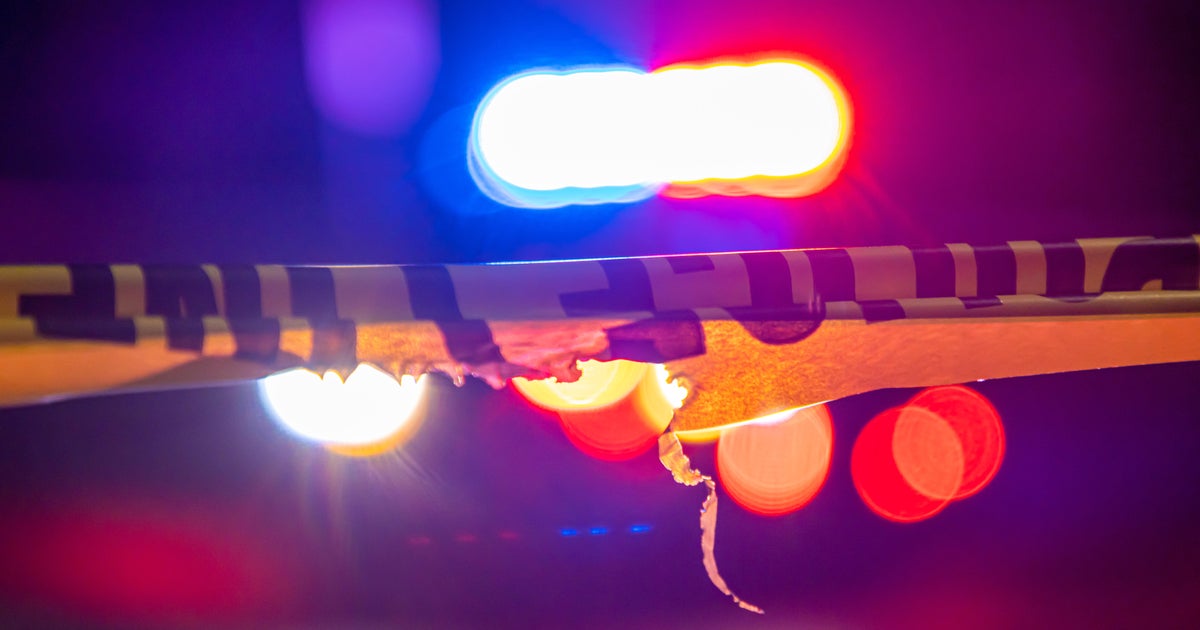Violent crime is spiking along the CTA train system: A look at the numbers
CHICAGO (CBS) -- Chicago's public transit has been on the ropes with a pandemic drop in ridership coupled with spikes of violent crime.
A man was seriously wounded after being stabbed and robbed on the Belmont Red Line station Thursday night. He's one of about 500 victims on the Chicago Transit Authority's trains and stations this year, which is on pace to be the most violent in two decades, according to an analysis of Chicago Police Department data.
While the Chicago Police Department boosted its presence at stations this summer, an analysis of the department's dispatch data shows that hasn't made a dent in violent incidents.
Chicago and other major cities have experienced violent spikes during the pandemic, but train-related crime predates Covid.
Violent crime such as robberies, aggravated assaults, batteries, sexual assaults, and homicides trended up since 2016, after years of declines. There were less than half as many violent crimes in 2015 as there are now.
While many compare life in terms of before and "after" the pandemic, crime on CTA trains was already high before Covid, with 593 violent incidents reported in 2019, the most in any year in two decades.
When the pandemic hit the following year, violent crime dipped slightly to 455 incidents as many Chicagoans who could work remotely stopped taking public transit. But the rates rose again in 2021 – and again this year.
"We've got a lot more work to do. I would just tell you this is not going to be an easy task," Chicago Police Supt. David Brown said at a press conference in August.
By then, the city had endured months of bad headlines. A CTA train operator was pushed onto tracks at the Granville Red Line stop in April. The following week, three people were robbed at gunpoint, minutes apart, on the Pink Line. The attacks picked up pace on just about every line.
Knife attacks increased on Orange and Green lines, and repeated attacks occurred in the Loop and South Loop stations. Four people were injured during a robbery in Lincoln Park at the North/Clybourn station Red Line station in July.
Meanwhile, attacks on the south branch of the Red Line climbed. So far, violent crime south of the Jackson station accounts for more than a third of crime on all trains and stations. Most of those attacks occurred at the Roosevelt and 95th Street stations. The attacks in the South Loop make that portion of the Red Line the most violent part of the CTA system, according to analysis of crime data.
The onslaught of incidents had police and CTA officials under pressure to do something.
The CTA increased security guard presence, including those trained in martial arts. The CTA also installed security monitors in all 146 rail stations.
Meanwhile, Chicago Police doubled the amount of check-ins to CTA stations.
"We have seen an increase in crime on our trains, hence that's why we're redirecting our resources to address those issues," said Ernest Cato, the Chicago Police Department's outgoing Chief of Counterterrorism. "We have sent additional officers to CTA… officers who are focusing on the crime in those specific areas, 95th, 69th Street, 79th Street."
The Police Department's Transit Security Unit only has about 41 officers, according to data from the Chicago Inspector General.
With a shortfall of about 1,400 officers, ranks are stretched thin to patrol the city's buses and trains. But the Police Department did try to do just that, tasking officers to check in at stations during patrols.
After a public records request for dispatch data that tracks officer events – CBS 2 found that check-ins to trains, stations and platforms increased from more than 8,200 in April to about 15,700 in May.
It's unclear, however, what those check-ins entail. The median time from when an event was created to when it was closed was about 11 minutes, according to analysis of dispatch data.
Between January and August of this year, there were about 77,000 check-ins on the trains, platforms and stations. The majority, 84% were at stations, 15%, were on platforms, and less than 1%, or 600 rides, were on the trains.
The data doesn't reliably show where officers are at when performing these checks, which includes shorthand for stations such as "ADD BRN" - presumably to show a check-in at the Addison Brown Line station. (This year's data can be downloaded here).
It's unclear what impact the increased police presence had. During that same time, violent crime at trains and stations held steady at 59 violent incidents in April to 53 in May, then increased to 67 in June, and 60 in July and 60 again in August. There were 51 incidents last month, according to police data.
What we found raises questions about the department's overall strategy, particularly what times they're checking stations.
An analysis of crime data from January to August found 45% of violent crimes on trains and stations take place during the Police Department's first watch, which starts at 11 p.m., but just 18% of officer check ins, or patrols, are done during that high crime time.
"We are adding more and more resources, but not on every train," Brown said in August. "That wouldn't be practical."
The Police Department has a checkered past when it comes to deploying resources to areas and times when crime is occurring. An analysis by the University of Chicago Crime Lab found officers were not being deployed to areas with the most shootings, the Chicago Tribune reported. And during former Mayor Rahm Emanuel's tenure, officers saturated the city's South and West sides on overtime, but the deployments were not increased during the summer's more violent months, according to a WBEZ investigation. That investigation found that officers were mostly writing parking tickets on overtime.
When asked about how police were checking into stations, the Police Department emailed a statement:
"The Chicago Police Department and the Chicago Transit Authority are working around the clock to strengthen safety across the public transit system for all riders. We have added additional public safety resources to the transit system this year to increase visibility across the CTA, as well as address areas that require additional police presence based on crime patterns and data."







